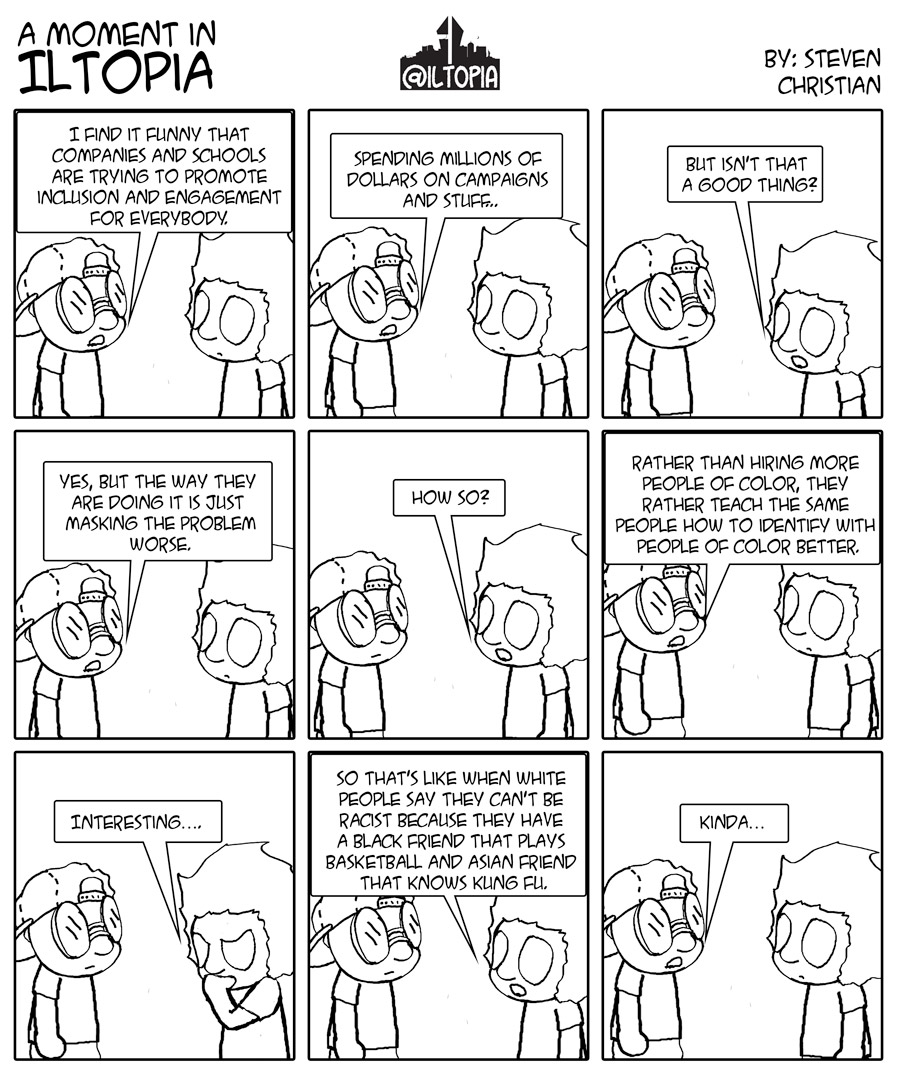Gamers that consider themselves knowledgeable about indie console efforts are probably familiar with Gaijin’s Bit.Trip series and, most likely, have been following them avidly since the first of the tetralogy launched in 2009.
Tough finish
Gamers that consider themselves knowledgeable about indie console efforts are probably familiar with Gaijin’s Bit.Trip series and, most likely, have been following them avidly since the first of the tetralogy launched in 2009.
Here’s a quick primer if you’re not in the above group: Bit.Trip essentially takes the basic mechanics of rhythm games while creating pixelated, retro-chic homages to different eras of gaming.
The series’ debut, Bit.Trip Beat, took the essence of Pong and re-vamped it for the modern age (it was a hell of a lot faster and more frenetic). Core evolved the series into something resembling a tube shooter, and Void took elements of music games and schmups (“bullet hell” horizontal shooters).
Given the series’ evolutionary track, then, my money (along with several other people’s) was that Runner, the close of the series, would be a platformer. As it turns out, it wasn’t too far from the truth.
Runner has all the components of 2D platforming, but with the trademark on-rails, rhythm-based gameplay that’s been the series’ signature.
Bit.Trip has always been about movement—whether lining up a paddle to a single-pixel ball or navigating a pixelated black hole through a level—so Runner‘s focus on bipedal motion shouldn’t be a surprise. That said, the game starts in motion and there’s no way to slow down.
Since music and rhythm are infused into the series’ design tenets, performing various basic maneuvers (jumping, sliding, kicking through obstacles and springboarding from vaulting objects) creates a musical tone.
Picking up gold ensures that the right sounds are generated, completing the level’s music, and picking up plus signs enhances the soundtrack from simple clicks and beeps to full-fledged chiptune techno tracks. It’s an addictive part of Runner‘s formula, but if you screw up, your rhythm will be off.
Unlike in previous entries of the series, though, Runner really takes a hardcore stance on difficulty. Beat, Core and Void all had combo systems dictating both musical rhythm (screw up and you’d only hear the tonal skeleton or metronome beat of a level) as well as health. If you made too many mistakes, you had to start over.
Runner works a little bit differently. You’re free to miss gold—that just affects your score and bonus level eligibility—but get hit even once in a level and you’re snapped right back to the beginning. Levels aren’t all that long to begin with, but since the game requires (pretty much) nothing less than perfection of you, Runner can be a game that really requires both skill and patience.
When you’re dashing through a level avoiding any and all obstacles flying at you at not-exactly-slow speeds, trial-and-error becomes a big part of the gameplay. Previous Bit.Trips have been like this, but given that you could make more than one mistake before succumbing to your end, it wasn’t as tough.
Runner‘s far less abstract world lends itself more to allowing fewer mistakes, but things move at just as fast of a clip. It’s a surprising turn Gaijin took with this final installment, but I suppose if the series is indeed an homage to games of yesteryear, it’s one that seems fitting.
Core still reigns supreme as my favorite entry in the series, but if you’re game (and good enough), Runner, much like the rest of the series, should be a no-brainer.




